What is Skin Cancer?
Cancer develops when DNA, that encodes genetic information, becomes damaged and the body cannot repair the damage. These damaged cells begin to grow and divide uncontrollably. When this occurs in the skin, skin cancer develops.
Scope of the problem
The most common cancer in South Africa is skin cancer. Everyone should learn how to recognize the signs of skin cancer, perform regular examinations of their skin, and see a dermatologist annually (more frequently if at high risk) for an exam. Skin cancer is highly curable with early detection and proper treatment.
Causes
Sun exposure is the leading cause of skin cancer. In some cases, skin cancer is an inherited condition. Between 5% and 10% of melanomas develop in people with a family history of melanoma.



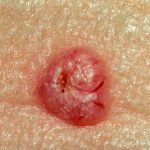
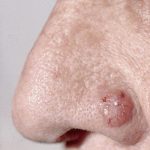
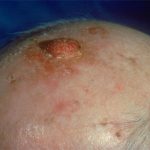
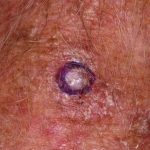
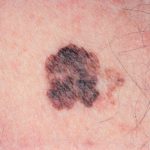
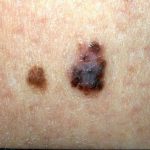
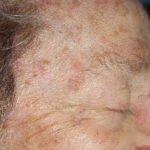
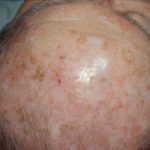
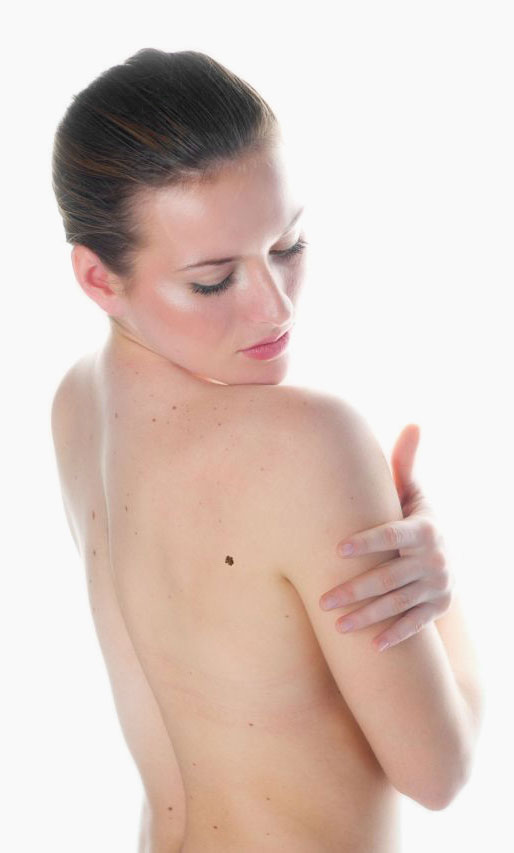
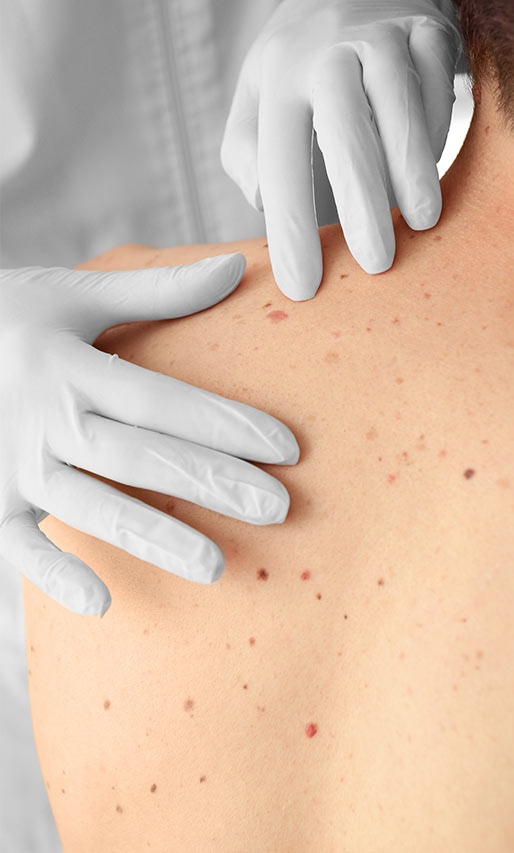
 Asymmetry. If you can fold the lesion in two, the two halves would not match.
Asymmetry. If you can fold the lesion in two, the two halves would not match. Border. Melanomas often have uneven or blurred borders.
Border. Melanomas often have uneven or blurred borders. Colour. Melanoma typically is not one colour; rather it contains mixed shades of tan, brown, and black. It can also show traces of red, blue or white.
Colour. Melanoma typically is not one colour; rather it contains mixed shades of tan, brown, and black. It can also show traces of red, blue or white. Diameter. While melanomas are usually greater than 6 millimeters when diagnosed, they can be smaller. If you notice a mole different from others, or which changes, itches, or bleeds even if it is smaller than 6 millimeters, you should see a dermatologist.
Diameter. While melanomas are usually greater than 6 millimeters when diagnosed, they can be smaller. If you notice a mole different from others, or which changes, itches, or bleeds even if it is smaller than 6 millimeters, you should see a dermatologist. Evolving. A mole or skin lesion that looks different from the rest or is changing in size, shape or colour.
Evolving. A mole or skin lesion that looks different from the rest or is changing in size, shape or colour.




